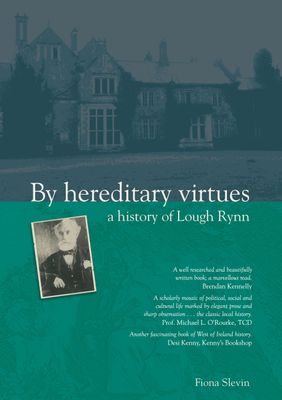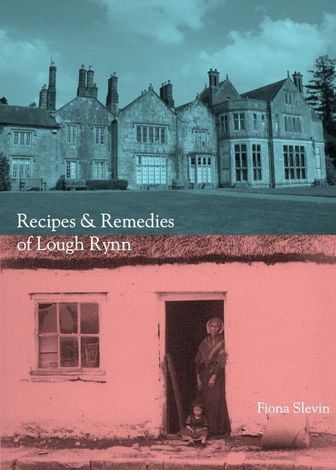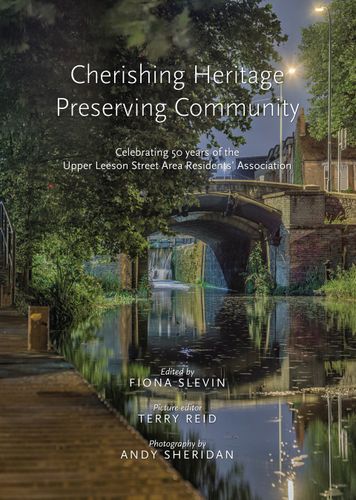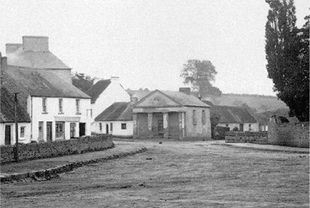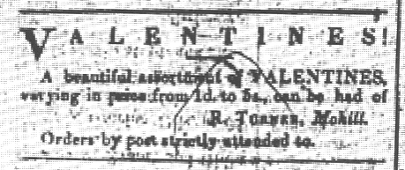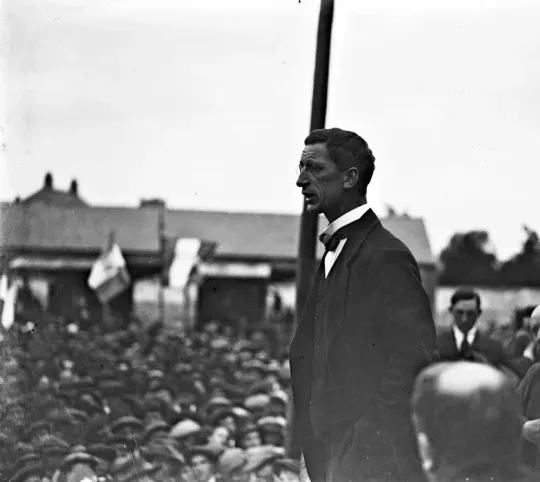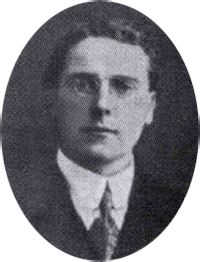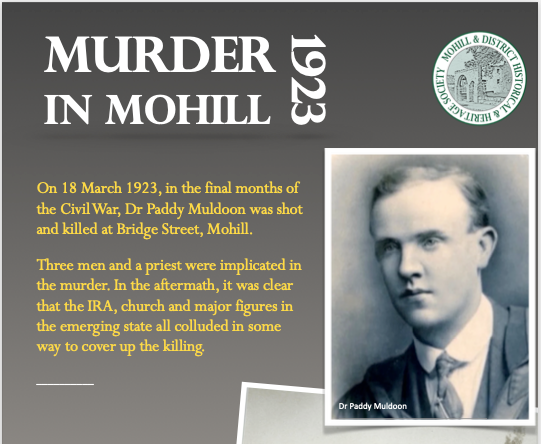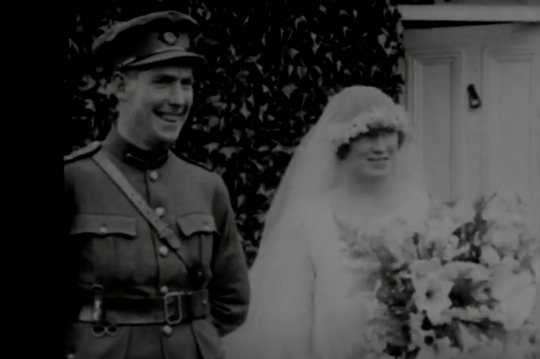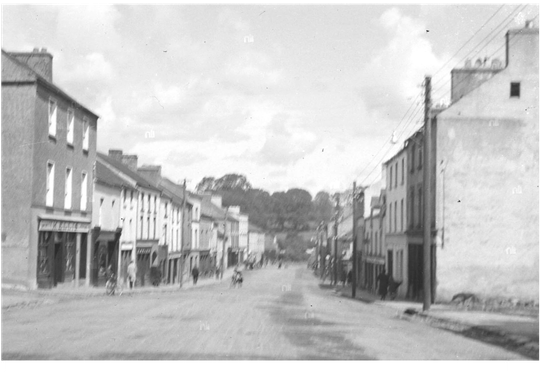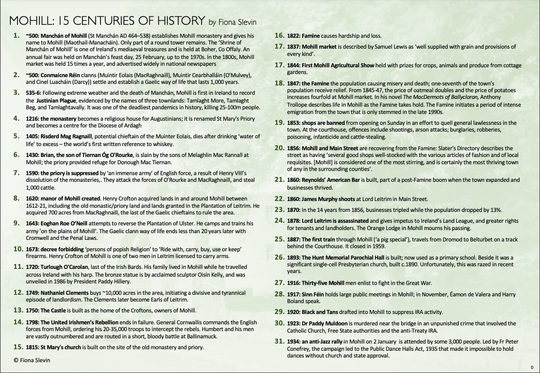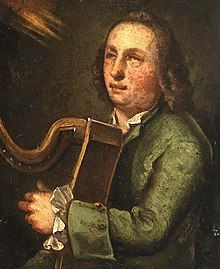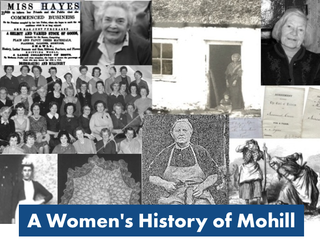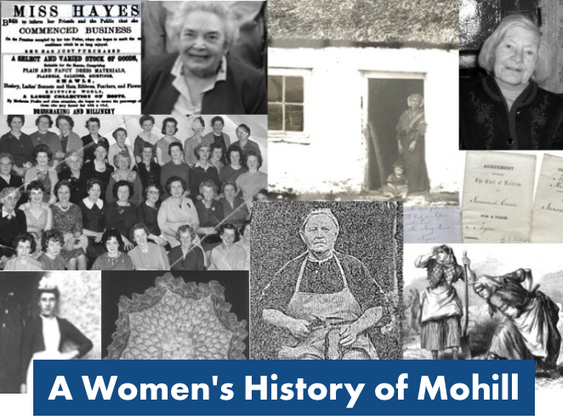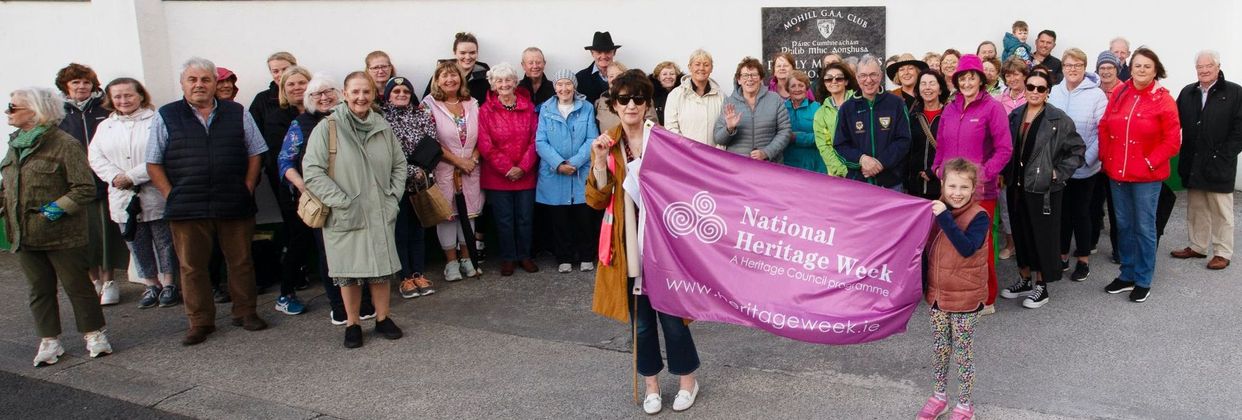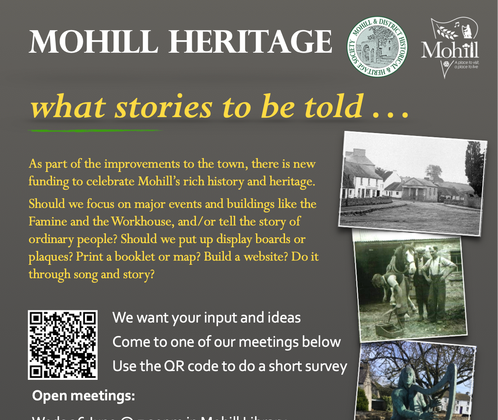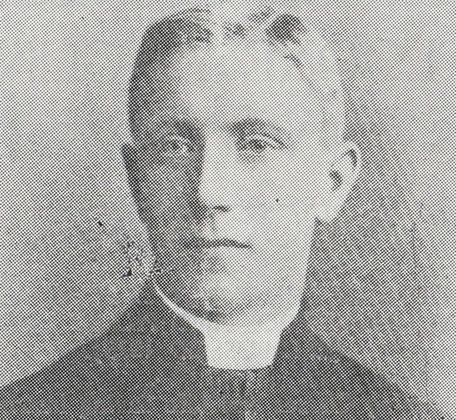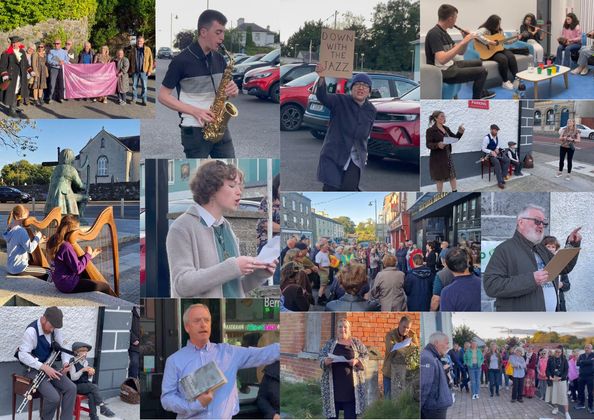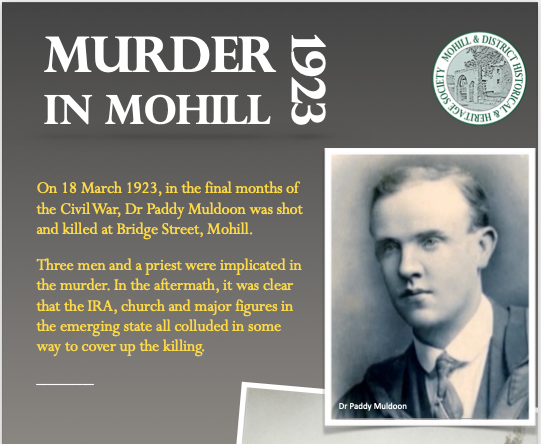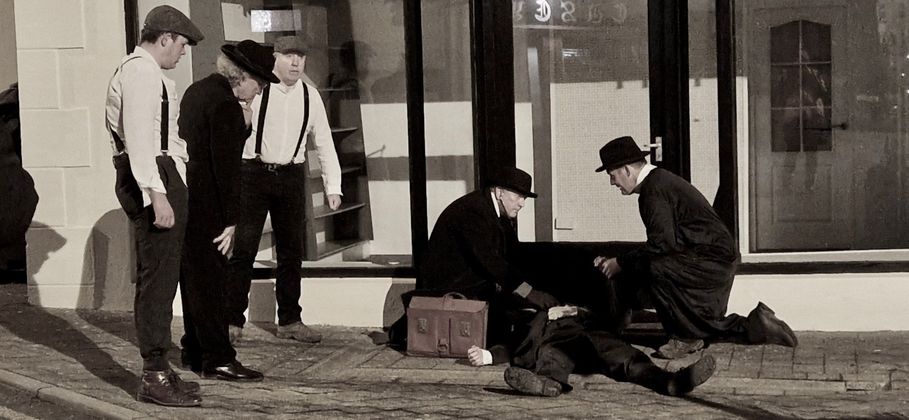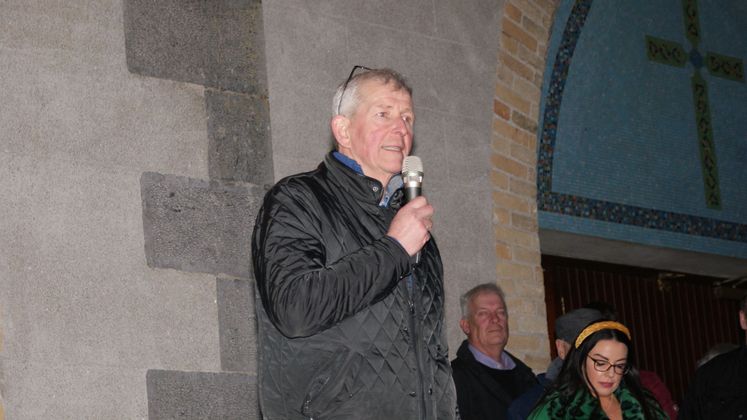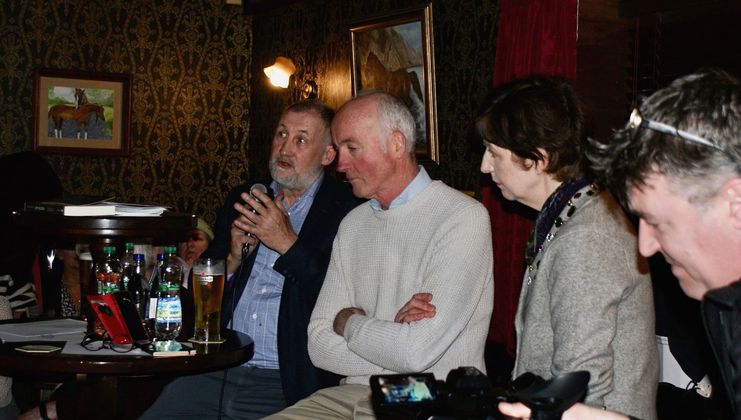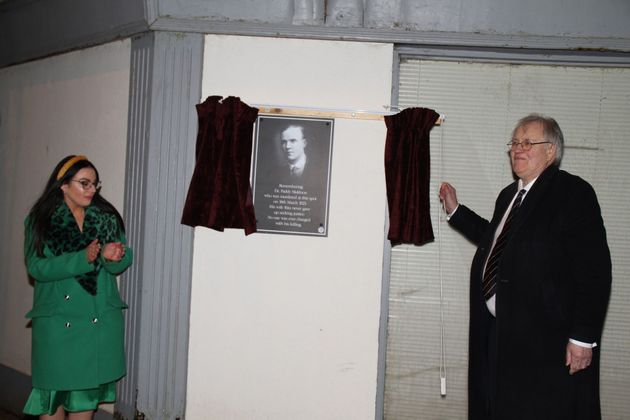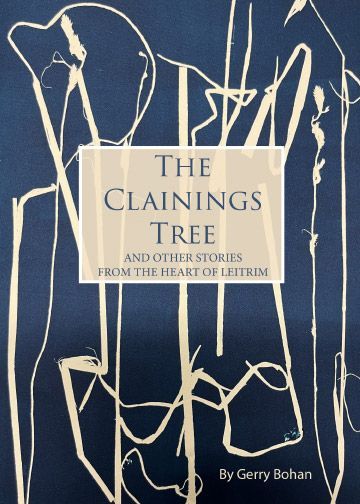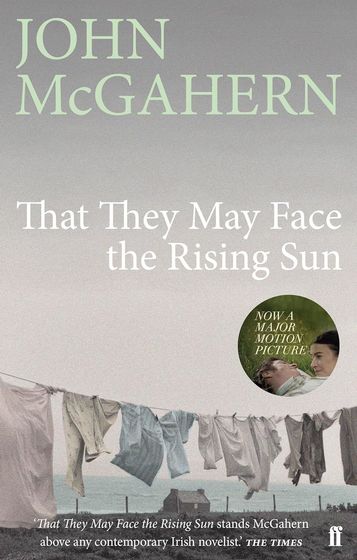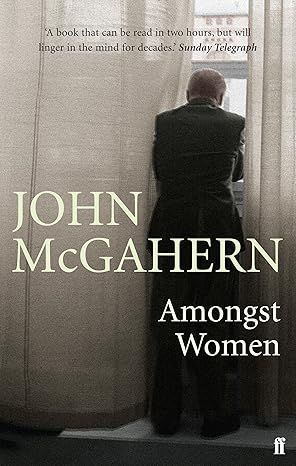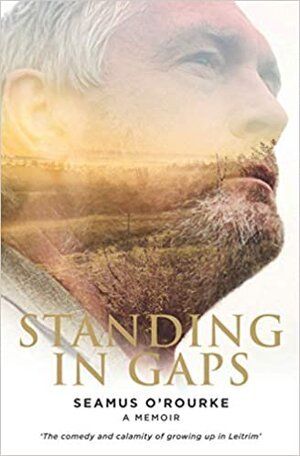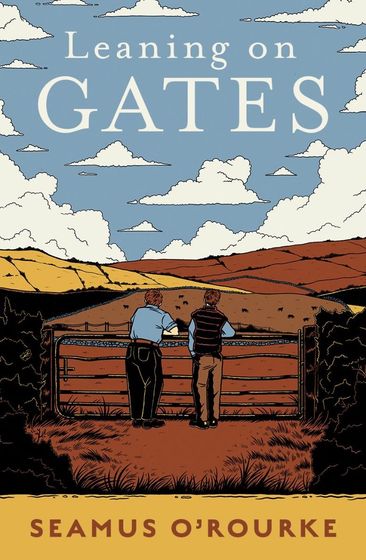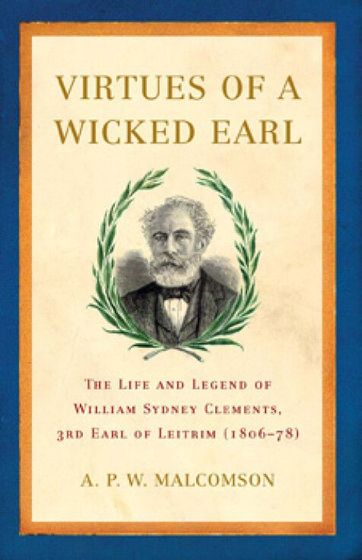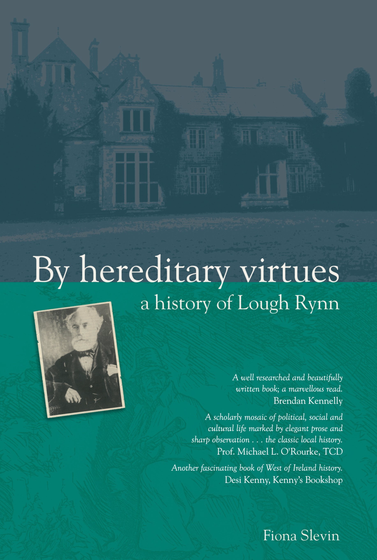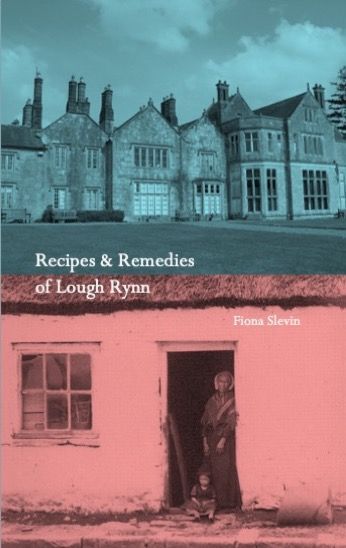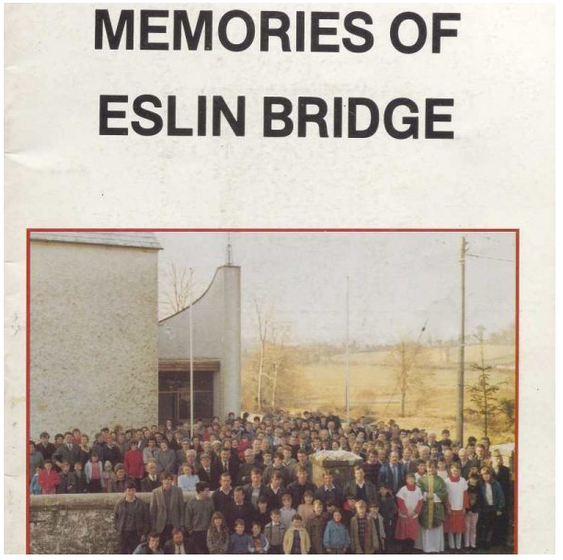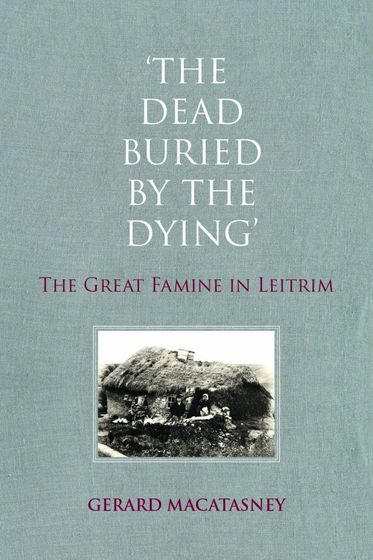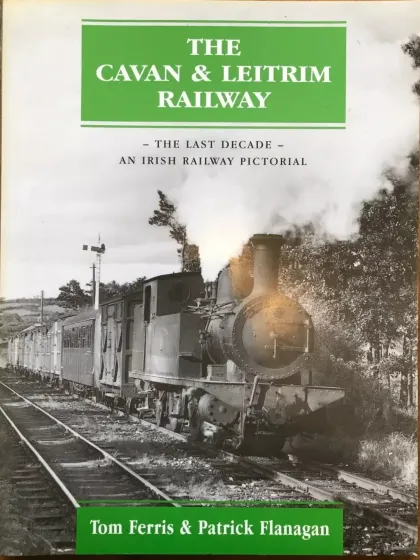Welcome to Loughrynn.net (and Mohill.com), a website dedicated to the history of Mohill, Lough Rynn and County Leitrim.
The Leitrim Gathering celebrates place, connection, and heritage with Leitrim people at home and around the world. Join us in spirit and in person for a series of events in Leitrim on 23-25 May 2025.
Keep up to date with the full programme at https://theleitrimgathering.com/whats-on/
New: talk in Carrick-on-Shannon by Fiona Slevin on 23 May 2025
‘may Almighty prosper you . . . these gifts will make me all right’: emigrant remittances and the family in post-Famine Leitrim
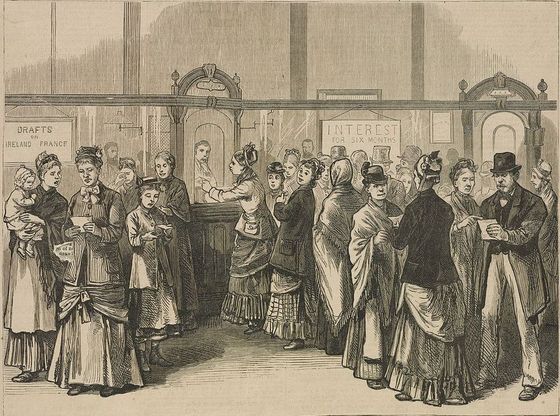
Do join me on Friday evening, 23 May 2025 at 19:30 in St George's Centre, Carrick-on-Shannon.
The talk is free and is one of many events being held during the
Leitrim Gathering 2025.
Ireland’s Famine of the late 1840s decimated Leitrim’s population, through death, disease, land clearance and emigration. Many of those who survived continued to live in poverty, and cash sent home by emigrant relatives was for many, an essential element of household income.
By using examples of emigrant letters from Leitrim and other primary sources, this talk will explore the expectations on those who left as well as those who remained behind, and will discuss the factors that embedded emigration as the norm for Irish families. It will assess the monetary and social value of emigrant remittances back to County Leitrim and will show how this foreign-earned cash was used to fund further emigration, pay rent or other debts, invest in the family farm, and how for some, made the difference between holding the homestead and eviction.
As well as giving new insights, I hope the talk will remind emigrants and those who remained in Ireland of the deep and beneficial bonds we share, and of the debt owed to those who left.
_______________________________
Tell your story
To continue the research on the emigrant experience and the value of remittances, please consider adding your or your ancestor's story by completing a
short questionnaire here >>>
A version of this talk was delivered as part of the 'Rippling Effects of The Great Famine' series run by Armagh City, Banbridge & Craigavon Borough Council.
Click below
or here
to view the full video of the talk. (To view the video below, first scroll down on the consent message, and click Accept.) See the Council's YouTube channel for other talks in the series.
Drawing on various primary and secondary sources, By Hereditary Virtues describes how the Lough Rynn estate emerged from early times up to the end of the 19th century. It focuses largely on the 3rd Earl of Leitrim including, his management of the Lough Rynn estate, his role during and after the famine and his eventual demise.
The 2020 edition includes includes additional research on the famine and post-famine era and a new chapter on Lord Leitrim's relationships with the women in his life.
‘A marvellous read. A beautifully-presented, well-researched scholarly work.’ Brendan Kennelly
'This is the classic local history, a scholarly mosaic of political, social and cultural life which is marked by lucidity, elegant prose, [and] sharp psychological and social observation. We need this kind of intelligent, analytical history.’ Professor Michael L. O'Rourke, Trinity College Dublin
'A must for anyone interested in the social history of 19th Century Ireland.’
Desi Kenny, Kenny's Bookshop (www.kennys.ie)
'Fiona has that rare gift of balancing diligent research with engaging story telling. The wonder of this book is that the reader gets lost in the drama of the day, and picks up a rich historical understanding as a by-product.'
AlanG | April 2021
'A MOST rewarding read; insightful and erudite. Research has been developed into remarkable prose and first-class writing. This is a book that is not just of local interest, but is truly of national relevance.' Brian Hall | October 2020
Recipes and Remedies of Lough Rynn is based on original journals by the housekeeper at Lough Rynn, dating from the late 1800s. Read more here >>>
The book has been published as a.
Available as a print-on-demand paperback and hardback at Amazon.co.uk or Amazon.com.
I have a small number of copies to sell directly, if you prefer to buy directly from me.
A book about Dublin, tells the story of the Upper Leeson Street Area Residents’ Association (Ulsara). It covers the architectural and social history of the area as well as the 50 year campaign by residents to resist uncontrolled development and indiscriminate destruction of its architectural heritage and residential community.
It is available via print-on-demand from Amazon - or directly from me.
Mohill history
Some excerpts from By Hereditary Virtues: a history of Lough Rynn are published here, including pieces on the Workhouse in Mohill, and Mohill during and after the Famine.
There are also short pieces on the early history of the Mohill/Lough Rynn area and of Lough Rynn during the 1970s.
Through the summer of 2020 and again in early 2022, the Leitrim Observer published a series of articles on the history of Mohill and Lord Leitrim.
Most of the articles focus on the mid-19th century, and cover topics like the Famine, crime, evictions, land ownership, population and town activity.
Valentine's Day in Mohill
Who knew that one could buy Valentine's Day cards in Mohill in 1858?! An ad for cards ranging in price from a penny to 5 shillings is intriguing. This article traces the origins of Valentine's Day and the practice of sending cards to lovers in 19th century Ireland.
Decade of Centenaries
A short, relatively random set of bios on people associated with the War of Independence and Civil War in Mohill and south Leitrim, from the 1918 elections to the War of Independence and Civil War.
For other elements of Mohill's 20th century history, click here >>>.
To read about events commemorated by Mohill History Society,
click here >>>
A chronology of Mohill's history from pre-history to the present
The chronology includes a summary chronology of Mohill from the 5th century, and a longer list of dates and events.
The long text was originally published on the mohill.com website in the late 1990s. I have not attempted to edit it, and only a few links have been updated or checked.
Research sources
Books and online repositories
There is a wealth of sources on the history of Co Leitrim.
The Research page provides a guide to sources in Leitrim County Library as well as direct links to online sources, including:
- Leitrim and the Revolution.
- Census Returns, Griffith's Valuation, Tithe Applotment Books.
- NLI digitised rent books from Lord Leitrim’s estate at Lough Rynn.
- Irish Folklore Commission, The Schools’ Collection 1937-39.
- Historic 6" and 25" maps of towns.
- National Library images of Leitrim.
Books about Mohill and Leitrim
There are a number of wonderful books about Mohill and Leitrim, or by people connected to the area. These range from novels to history, and all provide essential insights and knowledge about our people and our past.
Young Historian programme
The Young Historian programme for Transition Year students was launched in 2021 by Fiona Slevin and Natalie Fryde, and supported by Leitrim County Library.
The programme is designed to encourage young people to engage with their personal and local history and to develop the skills of history. Young Historian Award winners are announced in May.
Entries are on the theme of 'history on your doorstep', and the YoungHistorian.ie website includes a number of the winning entries telling unusual and personal histories of Leitrim and beyond.

